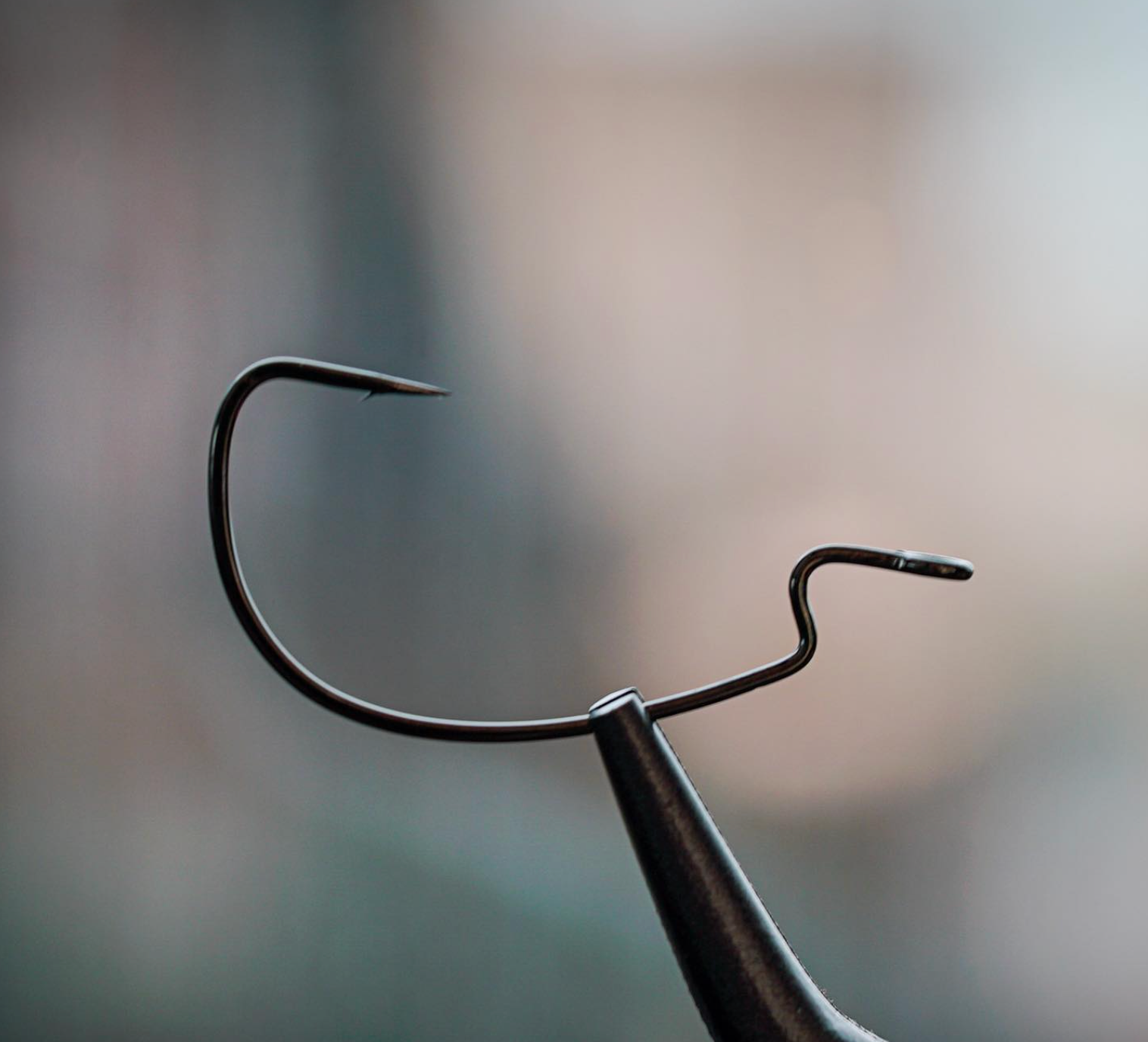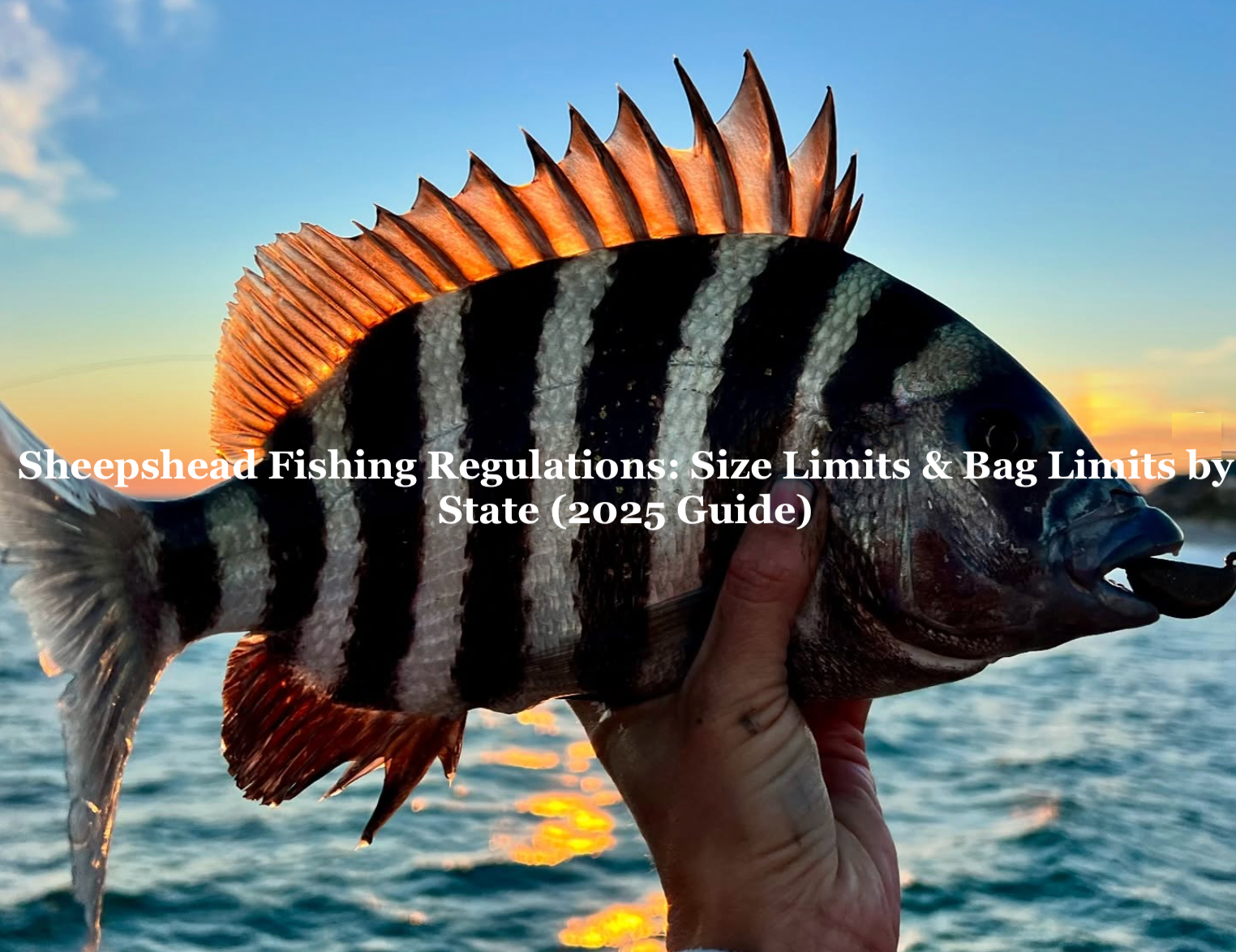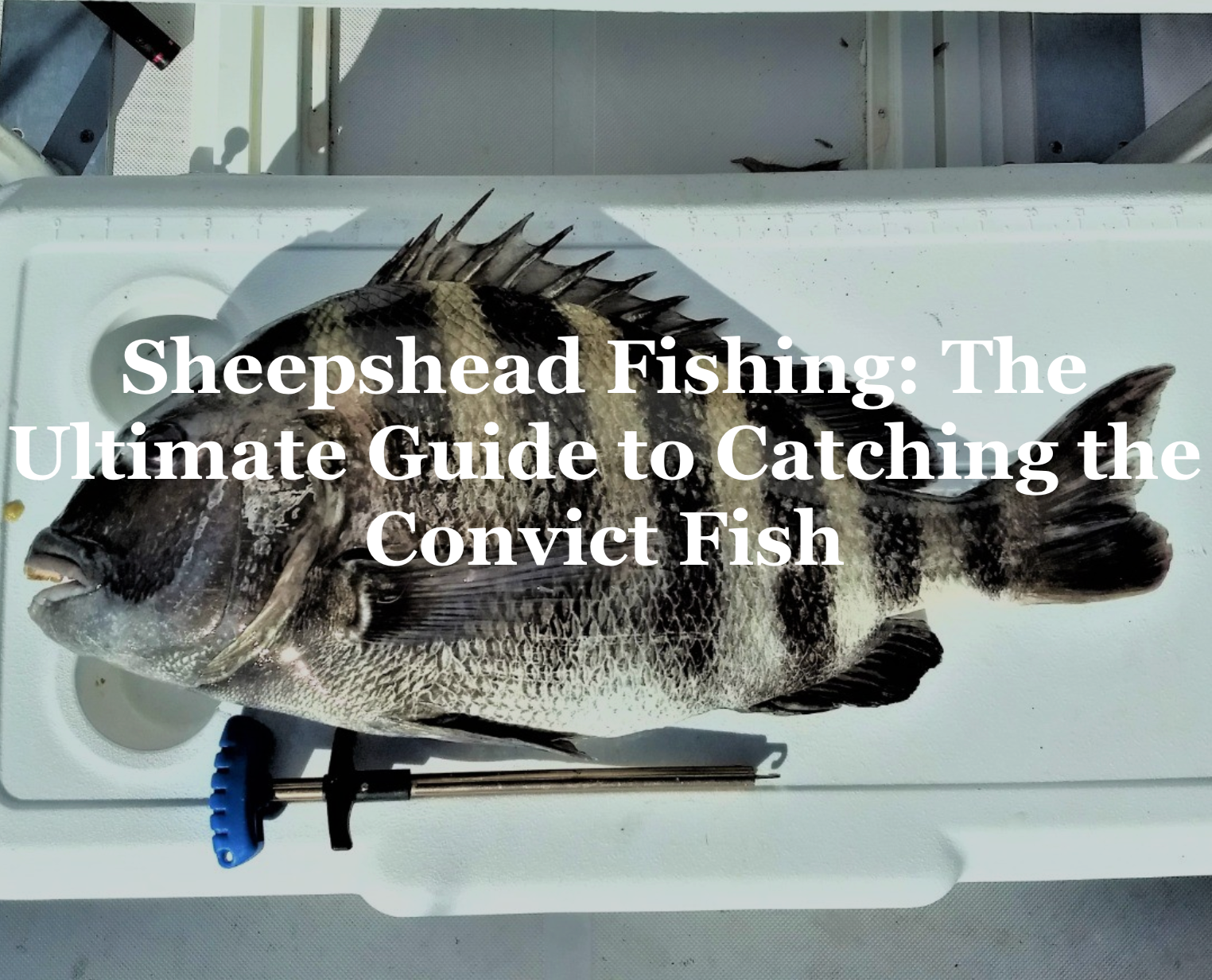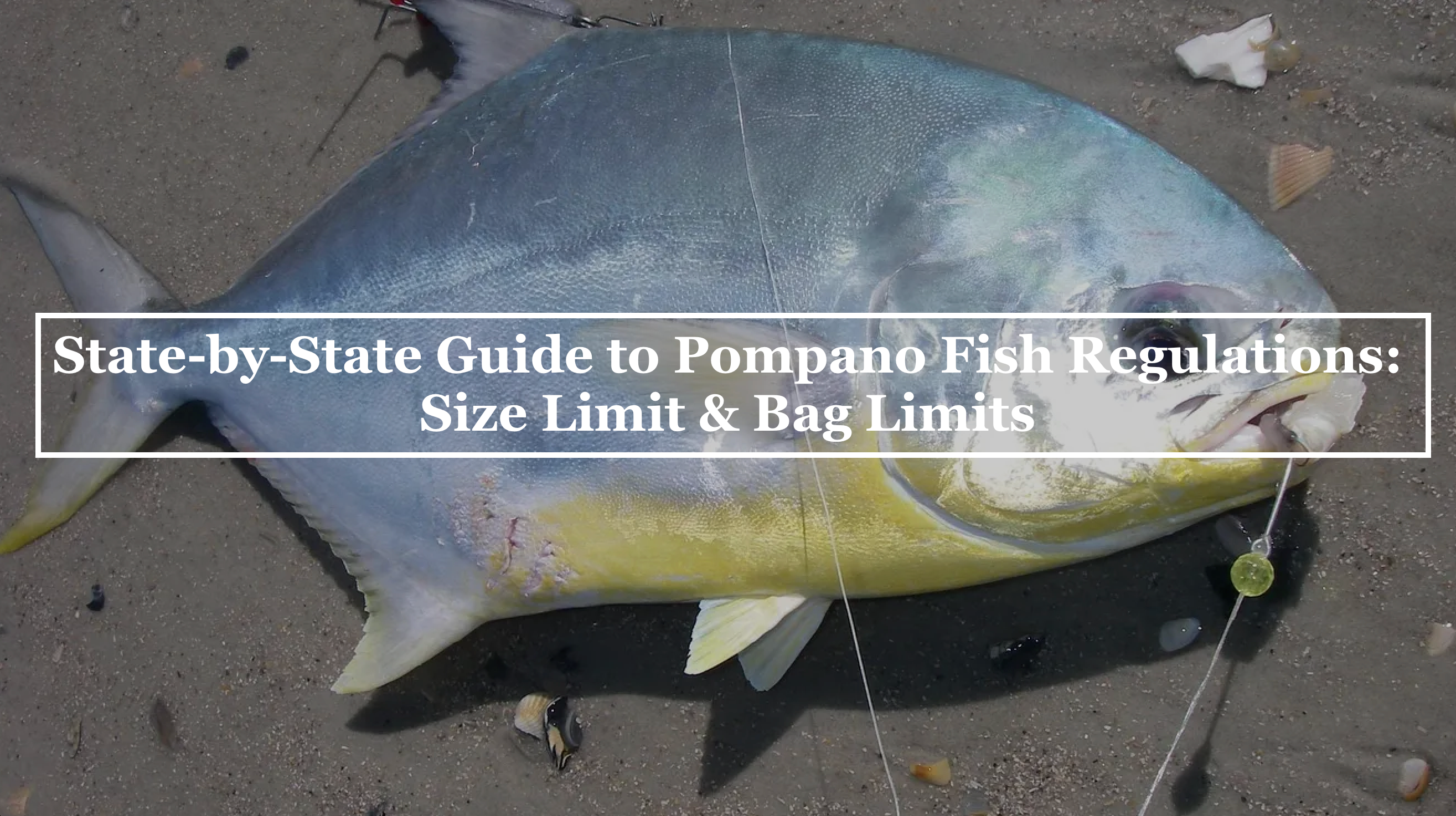A worm hook is the cornerstone of bass fishing, designed to maximize the effectiveness of soft plastic worms. These specialized hooks ensure secure bait presentation and reliable hook sets, making them essential for anglers targeting bass and other species. This comprehensive guide explores worm hook sizes, tying techniques, types, top brands, and their applications in bass fishing. Whether you’re a beginner or a seasoned angler, this resource will help you choose the best worm hook for your next fishing adventure.
What Is a Worm Hook?

A worm hook is a specialized fishing hook designed for worms (live or artificial) and soft plastic baits. Featuring a long shank and a turned-up eye, it allows easy rigging and effective hook sets. The long shank provides a larger gap between the hook point and shank, ideal for deep-biting fish. Worm hooks are a staple in bass fishing for techniques like Texas rigging, Carolina rigging, and wacky rigging, but they’re also effective for trout, catfish, and panfish.
Why Worm Hooks Matter

Worm hooks are specialized for securing worms or soft plastics, ensuring natural movement to entice fish. Their long shanks and turned-up eyes prevent snags in cover, making them perfect for bass fishing in weeds or rocks. Research suggests they improve hook set reliability compared to standard hooks, especially for bass.
Worm Hook Size Chart
Selecting the right worm hook size is critical for effective bait presentation and hook sets. The size should correspond to the worm’s length and thickness, as well as the target fish and fishing conditions. Below is a general guideline for worm hook sizes:
|
Worm Length |
Hook Size |
Recommended Hook Type |
Best For |
|---|---|---|---|
|
4-5 inches |
1/0 - 2/0 |
Offset, Round Bend |
Finesse worms, light cover |
|
6-7 inches |
3/0 - 4/0 |
EWG, Wide Gap |
Standard worms, versatile conditions |
|
8-10 inches |
4/0 - 5/0 |
EWG, Weighted |
Large worms, heavy cover |
|
10+ inches |
5/0 - 6/0 |
Weighted, Wide Gap |
Bulky baits, deep water |
What Size Worm Hook to Use?
The ideal worm hook size depends on the worm’s dimensions and the fishing scenario. For finesse worms (4-5 inches), a 1/0 or 2/0 hook, like a Gamakatsu Offset Shank, ensures natural action without overpowering the bait. Medium worms (6-7 inches) pair well with 3/0 to 4/0 hooks, such as Mustad’s UltraPoint, for versatile applications. Larger worms (8-10 inches) or thicker baits require 4/0 to 5/0 hooks, often EWG or weighted, to handle heavy cover or deeper water. Always consider the fish’s size—larger bass may need bigger hooks for secure hook sets. Experimentation is key to finding the perfect match for your setup.
How to Tie a Worm Hook

Tying a worm hook securely is essential to prevent losing fish or bait. The Palomar knot is a top choice for its strength and simplicity, working well with braided, monofilament, or fluorocarbon lines. For flipping or pitching, some anglers prefer the Snell knot to align the hook point for better hook sets.
Palomar Knot Steps:
-
Double 6 inches of line and pass it through the hook’s eye.
-
Tie an overhand knot with the doubled line, leaving a loop.
-
Pass the loop over the hook.
-
Moisten and pull both ends to tighten.
Snell Knot Steps:
-
Pass the line through the hook’s eye, forming a loop.
-
Wrap the tag end around the shank and through the loop 5-7 times.
-
Moisten and pull the standing line to tighten.
The Palomar knot is ideal for most situations, while the Snell knot excels in heavy cover,.
Types of Worm Hooks

Worm hooks come in various designs, each tailored for specific baits and techniques. Understanding these types helps anglers choose the best hook for their fishing style.
Weighted Worm Hooks
Weighted worm hooks feature a weight on the shank or near the eye, aiding in casting distance and sinking speed. They’re ideal for deep-water fishing or when targeting bass in submerged structures, eliminating the need for additional weights in Texas rigs.
-
Description: Feature a built-in weight (e.g., bullet-shaped) on the shank.
-
Best For: Drop shotting or deep-water fishing where quick sinking is needed.
-
Advantages: Eliminates separate weights, streamlining your rig.
Offset Worm Hooks
Offset worm hooks have a bend near the eye, allowing the hook point to be buried in the worm for weedless rigging. This design, common in Mustad hooks, prevents snags in vegetation, making them perfect for fishing in heavy cover.
-
Description: Hook point is offset from the shank, exposing it more.
-
Best For: Soft plastics in heavy cover where quick hook sets are crucial.
-
Advantages: Enhances hookset efficiency.
EWG Worm Hooks
Extra Wide Gap (EWG) worm hooks, like Gamakatsu’s EWG, feature a larger gap for thicker baits. They improve hook-up ratios by providing more clearance, ideal for Texas rigging bulky worms or creature baits.
-
Description: Extra Wide Gap hooks with a larger gap between point and shank.
-
Best For: Thicker soft plastics like stick worms or creature baits.
-
Advantages: Ensures exposed hook point for better penetration.
Wide Gap Worm Hooks
Wide Stuart baits, making them versatile for various soft plastics
-
Description: Similar to EWG but with slight design variations.
-
Best For: Soft plastics requiring a wider gap for hook sets.
-
Advantages: Versatile for various baits.
Round Bend Worm Hooks
Round bend worm hooks have a smooth, curved bend, offering a subtle presentation for finesse worms. They’re often used with slender baits, providing a different hook set dynamic.
-
Description: Traditional hooks with a round bend at the point.
-
Best For: Texas and Carolina rigging, general-purpose use.
-
Advantages: Works with both live worms and soft plastics.
Weedless Worm Hooks
Weedless worm hooks are designed to minimize snags, often featuring a wire guard or specific rigging to hide the hook point. They’re essential for fishing in dense vegetation, ensuring a clean presentation.
-
Description: Include a wire or plastic guard over the hook point.
-
Best For: Fishing in heavy weeds or cover.
-
Advantages: Prevents snags while allowing hook sets.
Wacky Worm Hooks
Wacky worm hooks are tailored for wacky rigging, where the hook is inserted through the worm’s middle, allowing both ends to dangle. These hooks, often with weed guards, enhance action and reduce snags, perfect for open-water bass fishing.
-
Description: Long-shank hooks with a turned-up eye for wacky rigging.
-
Best For: Wacky rigging soft plastics like Senkos.
-
Advantages: Creates an upright presentation that bass find irresistible (Jigisup Lurecraft).
Brands of Worm Hooks

Top brands offer high-quality worm hooks with unique features. Here are the leaders:
Mustad Worm Hooks
Mustad’s UltraPoint worm hooks are renowned for their sharpness and durability. Available in various styles, including offset and EWG, they suit multiple techniques.
-
Popular Models: Grip-Pin Max Flippin’ Hook, Tactical Bass Alpha Grip.
-
Why Choose: Sharp points, corrosion-resistant coatings, and durability make Mustad a tournament favorite.
Gamakatsu Worm Hooks
Gamakatsu produces some of the sharpest hooks, with their EWG worm hooks being a bass fishing staple. Their Nano Alpha coating enhances penetration.
-
Popular Models: EWG Worm Hook, Round Bend Worm Hook.
-
Why Choose: Japanese-made with ultra-sharp points and high-carbon steel for strength.
Eagle Claw Straight Shank Worm Hooks
Eagle Claw offers affordable straight shank worm hooks, ideal for budget-conscious anglers. Their durability makes them suitable for various soft plastics.
-
Popular Models: Lazer Sharp Jason Christie Heavy Wire EWG.
-
Why Choose: Affordable, durable, and ideal for Texas rigging.
Owner Worm Hooks
Owner’s worm hooks, featuring Cutting Point technology, ensure superior penetration. Popular in tournament fishing, they’re built for strength.
-
Popular Models: 4x Jungle Flippin’ Hook, Cover Shot HD.
-
Why Choose: Forged for strength with needle-point sharpness for tough conditions.
Types of Fishing with Worm Hooks

Worm hooks shine in bass fishing techniques like Texas rigging (weedless for cover), Carolina rigging (bottom-dragging), and wacky rigging (upright presentation). Each requires specific hook types, such as EWG for thick plastics or wacky hooks for finesse. Here’s is more details on how they’re used:
Worm Hooks for Bass Fishing
Worm hooks are integral to bass fishing, enabling techniques like:
-
Texas Rig: A weedless setup where the hook point is buried, ideal for heavy cover.
-
Carolina Rig: Uses a weight and bead ahead of the hook for deep-water fishing.
-
Wacky Rig: Hooks the worm through the middle for a unique, fluttering action.
-
Neko Rig: Adds a weight to one end of the worm for a distinct presentation.
These techniques leverage worm hooks’ design to maximize hook sets and bait action, making them indispensable for bass anglers.
Worm Hooks for Saltwater Fishing
While worm hooks are a staple in freshwater bass fishing, they are also highly effective in saltwater for rigging soft plastic lures, offering anglers a versatile tool to target species like redfish, snook, tarpon, and larger game fish. These hooks, often referred to as soft-bait hooks in saltwater contexts, are designed to present baits naturally and weedlessly, making them ideal for fishing around structures, vegetation, or open water. With corrosion-resistant materials and specialized designs, worm hooks can withstand the harsh saltwater environment, ensuring durability and reliable hook sets.
Tips for Using Worm Hooks

-
Check Hook Sharpness: Dull hooks reduce hook set success. Use a hook sharpener after snags.
-
Match Line and Rod: Pair thin-wire hooks with light line (4-10 lb test) and medium-light rods for finesse fishing.
-
Avoid Over-Rigging: Ensure the hook doesn’t restrict bait movement, especially with smaller worms.
Experiment with Colors: Dark-colored worms (purple, brown) work well for bass.
FAQ on Worm Hooks

What size hook for a 6-inch worm?
For a 6-inch worm, a 3/0 hook is typically recommended, providing a balance between secure bait holding and natural movement, especially in bass fishing. For thicker worms or heavy cover, a 4/0 hook may enhance hook sets. For finesse techniques with slender worms, consider a 2/0 hook to maintain subtle action, ensuring the bait mimics natural prey effectively.
Can worm hooks be used for live worms?
Yes, worm hooks can be used for live worms, particularly in weedy areas where a weedless setup is beneficial. Hook the worm through the head or thread it onto the hook, then bury the hook point back into the worm’s body for a weedless rig. This allows the worm to move naturally while minimizing snags, making it attractive to bass and other species.
Are EWG hooks better than round bend hooks?
EWG hooks are particularly effective for thicker soft plastics due to their wider gap, which accommodates bulkier baits and improves hook-up ratios. Round bend hooks are more versatile, working well with slender worms and finesse techniques, providing a different hook set dynamic that’s advantageous in setups like Carolina rigging. Choose EWG for heavy cover and bulky baits, and round bend for subtle presentations.
How do I know if my hook is too big?
You can tell if your hook is too big if it hinders the natural movement of the bait, making it look stiff or unnatural, or if you experience frequent missed hook sets due to poor penetration. Check if the bait appears distorted or the hook protrudes excessively. Match the hook size to the bait and target fish to ensure proper presentation and effective hook sets.
Can worm hooks be used for other fish?
Although worm hooks are primarily designed for bass fishing with soft plastics, they can be effectively used for trout, catfish, and panfish. For trout, use smaller worm hooks (1/0-2/0) with finesse techniques or small baits. For catfish, larger hooks (4/0-6/0) with substantial baits are effective. Panfish require tiny worm hooks or downsized soft plastics, ensuring versatility across species.
Conclusion
Worm hooks are a vital tool for anglers, offering versatility and reliability in bass fishing and beyond. By understanding sizes, types, tying methods, and top brands, you can optimize your tackle for any condition. Experiment with different hooks and techniques to find what works best, and share your favorite worm hook tips in the comments below!






Share:
Ultimate Freshwater Fishing Guide: Tips, Techniques & Conservation